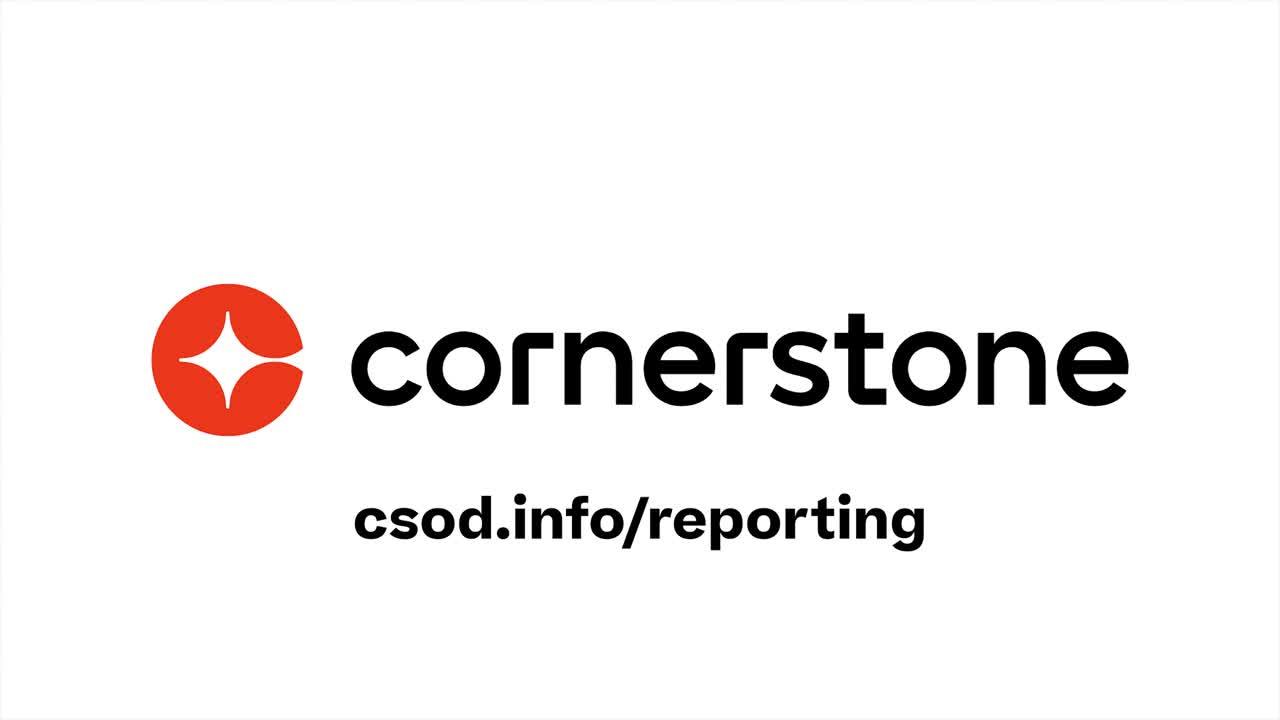Artikel
Measuring what matters: Getting started with reporting and analytics
If you can’t measure it, you can’t manage it. While there are endless variations and misattributions of that line, it’s not a bad box to tick when getting serious about setting strategy for reporting and analytics. After all, it’s generally helpful to know whether what you’re doing is working. But that doesn’t go quite far enough. Go beyond what you manage; measure what matters.
What matters at the organizational level will not always mirror what matters at the departmental or individual level. For example, you may track user logins, content consumption, and course completions – all of which can be important indicators that you have the right strategies in place for user adoption and change management. Ultimately, though, those engagement numbers likely aren’t the metrics that matter most to the organization. When we start thinking about what’s most important, we generally land on three missions:
- Reduce cost
- Increase profitability
- Reduce risk
Reduce cost
You may rely on manual assembly of your reports on a regular basis. Perhaps you’re using an Excel spreadsheet for calculations and then reporting out to senior leaders. If so, you don’t need to be told that this can be a time-consuming task – but how much time? Take a step back to consciously observe the duration of the full end-to-end process. How many systems are touched? How many people are involved? How many hours?
You can use those answers to estimate the savings of automated reporting. Cost reduction in reporting boils down to efficiency – and not only does manual reporting tend to chew up a lot of time but it can also introduce greater opportunities for inaccuracies as the number of involved systems and people climbs.

Increase profitability
The recommended metric here is simply an increase in wallet share. Pretty straightforward. Get more customers paying for your products or services. Of course, profitability doesn’t always apply; if you’re working in a public sector organization, you may have your own goal here like increasing student population or increasing efficiencies.
Reduce risk
In the talent management world, protecting your organization may mean making sure your employees are trained on mandatory courses, or that they’re receiving specific technical training. As a big bonus: safety and accountability also impact profitability.
Tackling all three of these areas simultaneously isn’t necessary. Narrow it down even further – what matters most in the “what matters most” list? Focus on one to start, based on your organization’s needs, then craft your strategy from there.
Gerelateerde bronnen
Wilt u blijven leren? Bekijk onze producten, klantverhalen en de nieuwste branche-inzichten.
Blogpost
Drie HCM-trends die u niet mag negeren in 2023
Bedrijven bevinden zich midden in de perfecte storm. Ongunstige economische omstandigheden, geopolitieke onrust, de stijgende kosten van levensonderhoud, het tekort aan vaardigheden en duurzaamheid zijn slechts een paar van de factoren waardoor organisaties genoodzaakt zijn snel te veranderen om problemen één stap vóór te blijven.
Blogpost
AI: de brug die generaties verbindt
Het personeelsbestand van vandaag de dag maakt een snelle transformatie door. Zo hebben in korte tijd de traditionele vijf dagen op kantoor plaatsgemaakt voor al dan niet gedeeltelijk thuis of remote werken, heeft de grote opzeggingsgolf( ook wel Great Resignation genoemd) geleid tot een flinke arbeidsmobiliteit en moeten bedrijven inmiddels strijden om talent in een markt waarin de vraag naar sollicitanten veel groter is dan het aanbod ervan.
Blogpost
LinkedIn Live: tips om uw organisatie flexibel te houden
Steve Goldberg van HCM Research & Advisory en Jennifer Borun, Senior Director, Analyst Relations & Strategic Engagement, bespraken op LinkedIn Live hoe u uw organisatie kunt helpen toekomstige problemen op te lossen en te slagen in een volatiele markt.